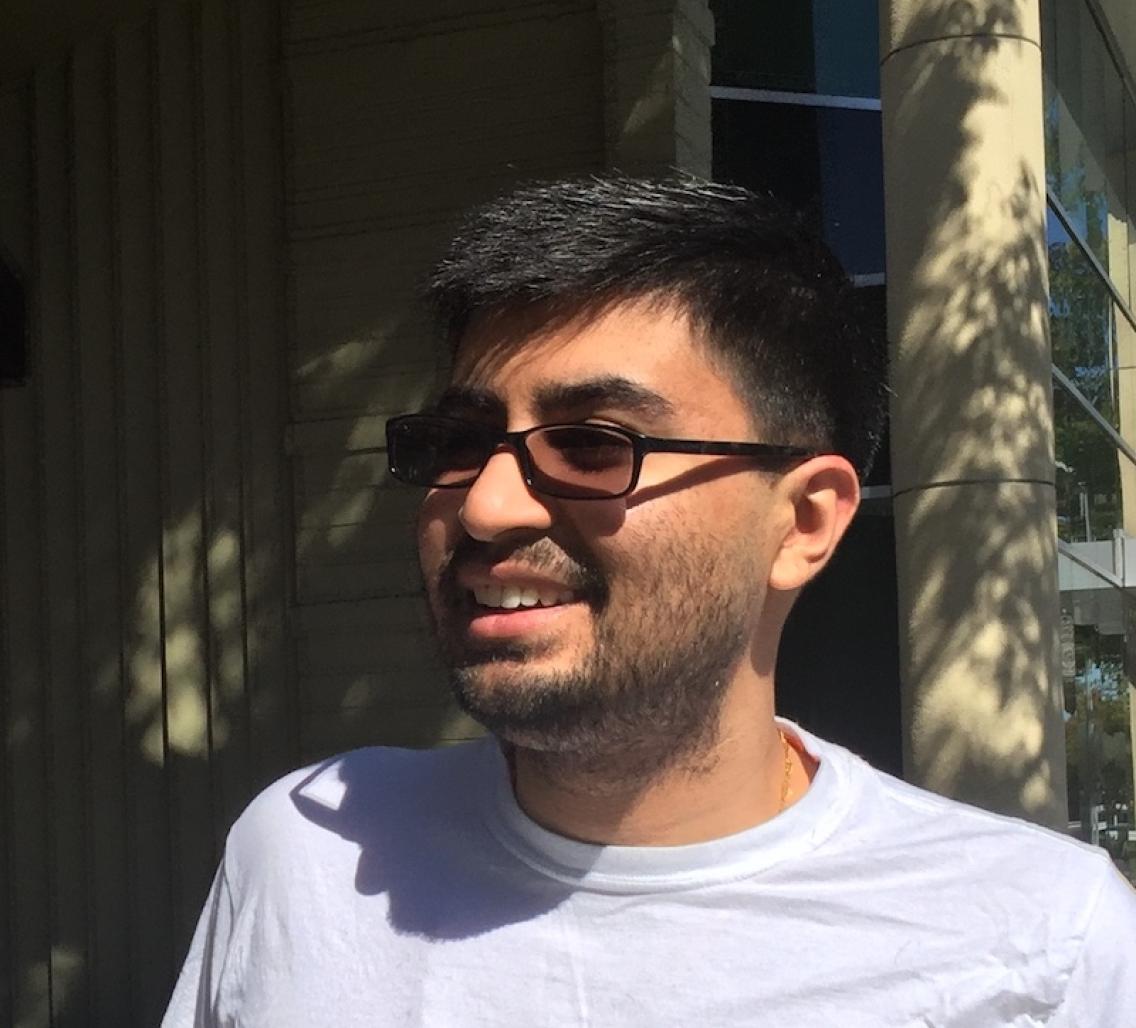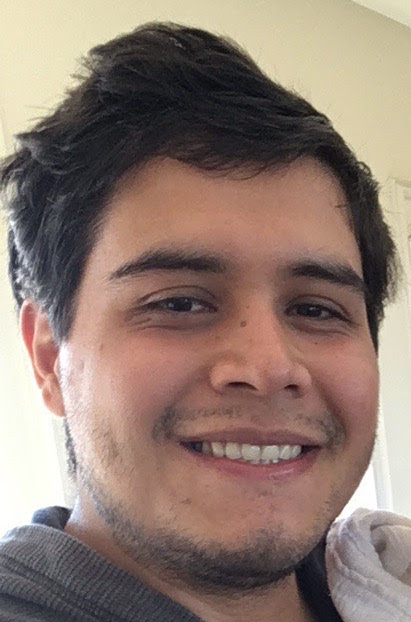Event Details:

Neural population dynamics underlying visuomotor learning
Saurabh Vyas
Mind, Brain, Computation and Technology graduate trainee, Stanford University
Abstract
Even simple organisms often demonstrate the ability to produce highly adaptable and increasingly complex movements. The need is apparent: sensorimotor control is perhaps the only way through which one can affect change in their environment. While the computations involved in generating the set of time varying neural patterns that drive even simple reaching movements are complex enough, learning poses an even greater challenge; the brain must select a set of neural commands from billions of possible patterns that best help the organism achieve its movement objectives. Consider a common scenario where a subject learns a motor task in one context, and now wishes to perform the same task in a very different context. Certainly in some cases this is possible. What are those cases, and what is the neural mechanism that facilitates this transfer of learning? Here I will show that subjects learn a visuomotor task ‘covertly’ (i.e., in lieu of overt movement) via a brain-machine interface, and this learning can transfer and even improve their overt behavior. Further, I will show evidence via neural population analyses of recordings from motor cortex that a key ingredient driving transfer is preparatory neural activity. Where, in particular, overt motor control and brain-machine interface control drive a similar neural dynamical system. Finally, I will show evidence that preparatory activity is causally involved in visuomotor learning. Moreover, the data suggests that this activity plays a fundamental role in the update computation of an internal model that drives trial-by-trial error-driven learning.
Related papers
[1] Vyas, S., Even-Chen, N., Stavisky, S. D., Ryu, S. I., Nuyujukian, P., & Shenoy, K. V. (2018). Neural population dynamics underlying motor learning transfer. Neuron, 97(5), 1177-1186.

Delayed feedback embedded in perception-action coordnation cycles results in anticipation behavior during synchronized rhythm: A dynamical systems approach
Irán Román
Mind, Brain, Computation and Technology graduate trainee, Stanford University
Abstract
Tasks like dancing or playing music require humans to time their actions to synchronize with external rhythmic signals. This behavior is known as perception-action coordination (PAC). Behavioral data show that, when synchronizing with a metronome, humans tap slightly before stimulus onsets, causing a negative phase relationship known as the anticipation tendency (AT). The AT increases with longer stimulus periods, but to a lesser extent in trained individuals like musicians compared to non-musicians. Furthermore, external factors influence the timing of tapping, such as presence of auditory feedback for one’s own taps, presence of a partner performing coordinated joint tapping, and transmission latencies between coordinating partners. Phenomena like the AT can be explained by delay-coupled systems, which may be inherent to the sensorimotor system during PAC. Here we tested whether a dynamical-systems model based on this hypothesis reproduces various PAC behaviors. We simulated human behavior with a model consisting of an oscillator receiving its own delayed activity as input. The model learned stimuli frequency via Hebbian learning. Three simulation experiments were conducted using previously-published behavioral data with 1) simple tapping, 2) two-person alternating beat-tapping, and 3) two-person alternating rhythm-clapping in the presence of a range of constant auditory transmission latencies. In Experiment 1, our model replicated the larger AT for longer stimulus intervals and adjusting one parameter reproduced the difference between musicians and non-musicians. In Experiment 2, by connecting two models we replicated the smaller ATs and larger lag1 correlations observed in human joint tapping with bi-directional auditory feedback compared to those without. In Experiment 3, we varied transmission latencies between two models alternately receiving each other's PAC activity. Results showed reciprocal lags at points of alternation, consistent with behavioral patterns. Overall, our model explains various anticipatory behaviors, and has potential to theorize mechanisms underlying adaptive human synchronization.
Related papers
[1] 2019 - Roman, I., Washburn, A., Large, E.W., Chafe, C., Fujioka, T. Delayed feedback embedded in perception-action coordination cycles results in anticipation behavior during synchronized rhythmic action: a dynamical systems approach. Under review.
[2] 2018 - Huberth, M., Dauer, T., Nanou, C., Roman, I., Gang, N., Reid, W., Fujioka, T. Performance monitoring of self and other in a turn-taking piano duet: A dual-EEG study. Social Neuroscience.